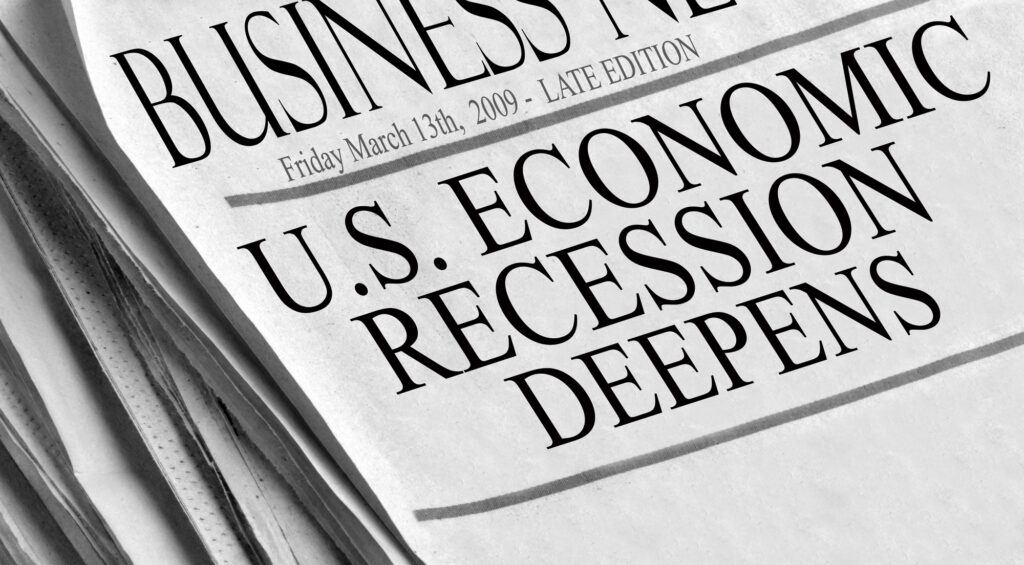
Downturn Defense: Where to Put Your Money in a Recession
Welcome to your recession playbook.
Economic downturns may not be fun, but they are a normal part of the financial cycle. For retirees, though, they can feel downright scary. Watching your portfolio shrink while still needing monthly income is a nerve-wracking experience. The good news? You can prepare. With the right investment mix, your retirement doesn’t have to suffer when the economy takes a hit.
In this post, we’ll walk you through where to put your money in a recession, what kinds of assets tend to hold up well, and how to adjust your strategy to protect your nest egg—without sacrificing peace of mind.
Why Recessions Hurt (and How to Stay Ahead of the Pain)
Let’s face it: during recessions, jobs are lost, spending slows down, and company earnings drop. That often translates into falling stock prices, lower dividends, and nervous investors. Retirees, who may be drawing from their savings to live, are particularly vulnerable.
But here’s the secret: not all investments suffer during a downturn. In fact, some can offer stability, income, or even growth.
Defensive Investing: What Works in a Downturn?
Here are some of the best places to consider putting your money when a recession strikes:
✅ High-Quality Dividend Stocks
Companies with long track records of paying consistent, growing dividends—think consumer staples like Procter & Gamble or utilities like Duke Energy—can be surprisingly resilient.
- People still buy toothpaste and pay the electric bill, even in a recession.
- Dividends can provide steady income when stock prices are rocky.
💡 Tip: Look for “Dividend Aristocrats”—companies that have raised dividends for 25+ consecutive years.
✅ Utilities and Consumer Staples ETFs
If picking individual stocks isn’t your thing, sector-based ETFs can offer broad exposure to defensive industries.
- Utilities ETFs hold regulated power and water companies with predictable revenue.
- Consumer Staples ETFs include makers of food, beverages, and household items—essentials people don’t stop buying.
✅ U.S. Treasury Bonds and Bond Funds
When fear rises, money often flows into U.S. Treasuries—some of the safest assets around. Bond prices typically go upwhen interest rates fall, which often happens during recessions.
- Short-term Treasuries offer safety and liquidity.
- Intermediate-term bond funds can rise in value when rates are cut.
✅ Cash and Money Market Funds
Having a healthy cash buffer can be a lifesaver during market volatility. Not only does it reduce the need to sell investments at a loss, but it also lets you pounce on bargains when prices are down.
- Money market funds now offer yields of 4–5% in many cases.
- No risk of losing principal, which is critical when you need to preserve capital.
✅ Gold and Precious Metals
Gold has a long-standing reputation as a hedge during crisis. While it doesn’t pay income, it can help stabilize a portfolio when stocks and bonds are both under pressure.
- Consider gold ETFs or gold-related funds for convenience and liquidity.
✅ Low-Volatility or Defensive Equity Funds
Some ETFs specialize in holding stocks that tend to be less volatile than the overall market. These funds can offer upside potential with less downside risk during market slumps.
- Look for ETFs with names like “Low Volatility” or “Defensive Equity.”
- They often hold a mix of utilities, healthcare, and consumer goods companies.
How to Adjust Your Investment Mix
You don’t need to overhaul your portfolio every time the economy sneezes. But it is wise to tilt your mix toward safety and income when warning signs flash.
Here’s a simple 3-step approach:
- Reassess your risk tolerance.
If a 20% drop would make you panic, now’s the time to shift into more stable holdings—not during the crash. - Rebalance your buckets.
Make sure your short-term bucket (1–3 years of expenses) is filled with cash, CDs, or short-term bonds. This lets you ride out recessions without selling stocks at a loss. - Trim the froth.
If you have risky or speculative positions, consider taking profits or reducing exposure before a recession hits full stride.
Real-Life Example: Carol’s Recession-Proof Plan
Carol, a 72-year-old retiree, had 60% of her portfolio in stocks and 40% in bonds before the 2020 COVID recession. After seeing a 15% dip in her portfolio early that year, she met with a financial advisor and reallocated:
- 25% into short-term bond funds and cash
- 25% into dividend-paying blue chips
- 20% into a utility ETF
- 20% into a low-volatility fund
- 10% into gold and a consumer staples ETF
The result? While the market recovered, her portfolio’s dip was much smaller—and she never had to sell at a loss to cover her expenses.
Don’t Just Survive—Position Yourself to Thrive
Recessions are part of the ride, but with smart positioning, you don’t have to derail your retirement. Think of a downturn as a time to tighten up, not panic. By focusing on income, safety, and smart diversification, you’ll be better equipped to weather any storm.
Want a deeper dive into these recession-proof investment strategies and more?
📘 Check Out My Book:
Safe Retirement Investing 101: Protect, Preserve and Prosper
Available now at Amazon.com in paperback and eBook formats. It’s your easy-to-understand guide to building a secure retirement plan—even in uncertain times.
Disclaimer:
This blog post is for informational purposes only and does not constitute investment advice. Always consult with a financial advisor or tax professional before making investment decisions, especially during volatile economic conditions.